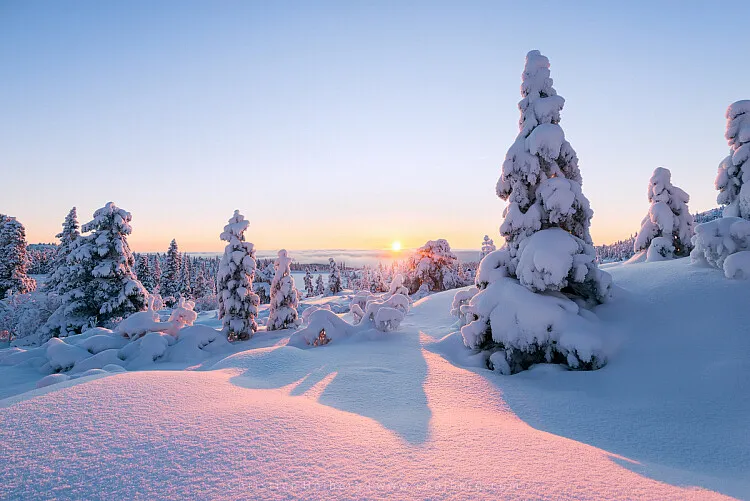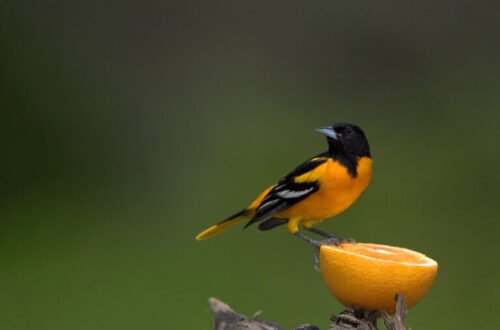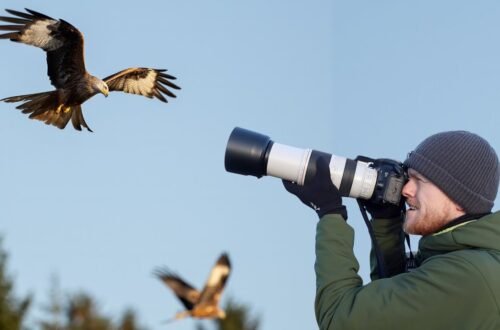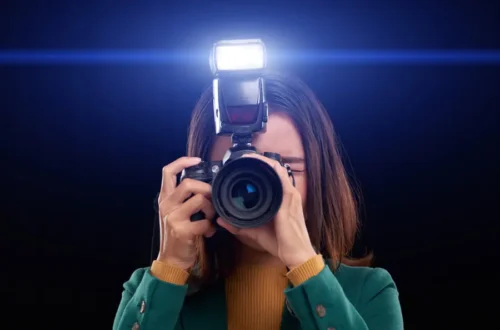Embracing the Winter Gloom
Last winter, I trudged through a snow-dusted forest, camera in hand, only to find a flat, gray sky staring back at me. It felt like nature had hit the mute button, but I learned that dull winter weather can yield stunning photos with the right approach. These three simple tips—finding light, using minimalism, and enhancing mood—will transform your winter landscape photography from drab to dramatic.
Why Winter Photography Feels Challenging
The Gray Sky Dilemma
Winter often brings overcast skies, low light, and muted colors, making landscapes look flat. The lack of vibrant sunsets or lush greenery can discourage photographers, but this season’s subtlety is its strength. Gray weather forces you to focus on composition and mood, unlocking unique creative opportunities.
Seasonal Light Constraints
Short Days, Long Shadows
Winter’s short days mean less shooting time, and the sun sits low, casting long, soft shadows. This can create dramatic contrasts, especially in snowy scenes, but requires quick adaptation to changing light. Photographers must plan shoots around the golden hour, often just a fleeting moment.
Flat Light Challenges
Overcast skies diffuse light, reducing contrast and depth. While this can make scenes feel boring, it also softens harsh shadows, perfect for capturing details in textures like frost or bare trees. The key is knowing how to work with this even, gentle light.
Tip 1: Find and Use the Light
Seek Subtle Light Sources
Even in gray weather, light variations exist—think soft glows through clouds or reflections off snow. Last January, I shot a frozen lake at dawn, and the faint pink hue in the clouds added magic to an otherwise dull scene. Look for these moments to add depth and warmth to your photos.
Use Low Light to Your Advantage
Golden Hour Glow
Winter’s low sun angle extends the golden hour’s soft, warm light, ideal for landscapes. Plan shoots for early morning or late afternoon, using apps like PhotoPills to track light. This timing enhances colors in snowy or barren scenes.
Blue Hour Serenity
The blue hour, just before sunrise or after sunset, bathes landscapes in cool tones, perfect for moody winter shots. A tripod is essential for longer exposures, capturing details in low light, like the delicate lines of frost on a branch.
Tools for Low-Light Photography
- Tripod: Stabilizes long exposures in dim conditions.
- ND Filters: Control light for smoother water or cloud effects.
- Remote Shutter: Prevents camera shake during slow shutter speeds.
Tip 2: Embrace Minimalism
Simplify Your Composition
Winter’s bare landscapes—stripped trees, snow-covered fields—lend themselves to minimalism. During a hike in Maine, I framed a single oak against a foggy hill, and the simplicity made the shot striking. Focus on one strong subject to create clean, powerful images.
Focus on Lines and Shapes
Natural Patterns
Winter reveals stark lines—think branches against a gray sky or snowdrifts curving across a field. These shapes guide the viewer’s eye, adding structure to flat scenes. Use leading lines, like a fence or path, to create depth.
Negative Space
Gray skies or snowfields act as natural negative space, emphasizing your subject. A lone tree or rock in a vast white field can evoke solitude or strength. Keep compositions uncluttered to let the subject shine.
Minimalism vs. Complexity
| Style | Best For | Challenges | Example Subjects |
|---|---|---|---|
| Minimalism | Stark, moody winter shots | Finding a strong focal point | Lone tree, frozen stream |
| Complex | Detailed, layered landscapes | Avoiding cluttered frames | Forest with fog, layered hills |
Minimalism suits winter’s simplicity, while complex compositions work better in vibrant seasons like autumn.
Tip 3: Enhance the Mood
Capture Winter’s Emotion
Winter’s gray palette can evoke feelings of calm, solitude, or mystery. I once shot a misty valley at dusk, and the somber tones felt like a quiet conversation with nature. Use fog, snow, or bare branches to convey emotion, making your photos resonate with viewers.
Use Weather to Tell a Story
Fog and Mist
Fog transforms landscapes, softening edges and adding mystery. Shoot in foggy conditions to create ethereal scenes, like a forest fading into mist. A wide aperture (f/2.8–f/5.6) keeps subjects sharp while blurring backgrounds.
Snow and Ice
Snow adds texture and brightness, even under gray skies. Capture falling snow with a fast shutter speed (1/250s) for crisp flakes or a slower speed (1/30s) for dreamy motion. Ice details, like frozen bubbles, add intrigue to close-ups.
Post-Processing for Mood
Subtle Edits
In Lightroom or Photoshop, boost contrast slightly (10–20%) to make subjects pop against gray skies. Desaturate colors to enhance winter’s muted tones, but avoid over-editing—keep it natural. Tools like Adobe Lightroom are great for beginners.
Black-and-White Conversion
Gray winter scenes often shine in black and white, emphasizing texture and contrast. Increase clarity (+15–30) to highlight details like snow on branches. Experiment with presets in Luminar Neo for quick, moody edits.
Pros and Cons of Winter Photography
Pros
- Unique Mood: Gray skies create emotional, atmospheric shots.
- Minimalist Beauty: Bare landscapes simplify composition, highlighting subjects.
- Soft Light: Diffused light reduces harsh shadows, ideal for details.
Cons
- Limited Light: Short days restrict shooting time, requiring planning.
- Cold Weather: Gear and batteries drain faster in low temperatures.
- Flat Colors: Gray skies can dull vibrancy, demanding creative techniques.
Gear Essentials for Winter Photography
Best Cameras for Winter
- Canon EOS R6: Weather-sealed, great for low-light with 20MP sensor.
- Sony A7 IV: High dynamic range for gray skies, durable in cold.
- Nikon Z6 II: Reliable autofocus in dim conditions, budget-friendly.
Must-Have Accessories
| Item | Purpose | Recommended Brand | Cost |
|---|---|---|---|
| Weather-Sealed Lens | Protects against snow and moisture | Sigma, Tamron | $400–$1,200 |
| Battery Pack | Extends shooting in cold conditions | Anker | $30–$60 |
| Lens Hood | Reduces lens flare in wet conditions | Canon, Sony | $20–$50 |
Check B&H Photo for deals on weather-sealed gear.
Where to Learn More
Online Resources
- Digital Photography School: Free tutorials on winter photography. (DPS)
- Outdoor Photographer: Tips for shooting in harsh conditions. (Outdoor Photographer)
- KelbyOne: Paid courses for advanced editing techniques. (KelbyOne)
Local Workshops
Search for photography workshops on Meetup or check with local camera clubs for winter-specific classes. Many offer hands-on sessions in snowy or foggy settings.
People Also Ask (PAA)
How do you take good photos in winter?
Focus on soft light, simplify compositions, and enhance mood with fog or snow. Use a tripod for low-light shots and edit subtly to boost contrast.
What settings are best for winter photography?
Use a wide aperture (f/2.8–f/5.6) for shallow depth, fast shutter (1/250s) for snow, and ISO 100–400 for clean images in low light.
How do you protect camera gear in winter?
Use weather-sealed cameras and lenses, keep batteries warm, and use lens hoods to shield from snow. Store gear in a dry bag when not in use.
Can gray skies make good photos?
Yes! Gray skies create soft, even light and moody atmospheres, perfect for minimalist or emotional landscapes. Emphasize textures and shapes.
A Personal Reflection
Last February, I stood shivering in a snowstorm, cursing the gray sky—until I noticed a lone barn glowing faintly against the clouds. That shot, simple yet haunting, became my favorite of the season. Winter’s gloom isn’t a barrier; it’s a canvas, daring you to find beauty in the quiet.
FAQ
What’s the best time to shoot winter landscapes?
Shoot during golden or blue hours for soft, warm, or cool light. Check PhotoPills for exact times in your area.
How do I keep my camera safe in cold weather?
Use weather-sealed gear, keep batteries in a warm pocket, and avoid sudden temperature changes to prevent condensation.
What lenses are best for winter landscapes?
Wide-angle lenses (16–35mm) capture vast scenes, while 50mm primes highlight minimalist subjects. Brands like Sigma offer affordable options.
How do I make gray skies look interesting?
Use them as negative space, convert to black and white, or shoot fog and mist to add mood. Minimalism is key.
Where can I practice winter photography?
Local parks, forests, or rural areas with snow or frost are ideal. Check AllTrails for scenic winter trails near you.
The Beauty in the Bleak
Winter’s gray, boring weather isn’t a curse—it’s an invitation to see differently. By chasing subtle light, embracing minimalism, and amplifying mood, you can turn a dull day into a gallery-worthy shot. Grab your camera, bundle up, and let the quiet beauty of winter surprise you. The next time you’re out there, shivering but inspired, you’ll know the gloom is just part of the magic.





